Related Research Articles
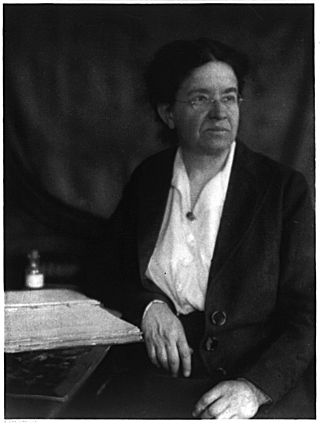
Florence Rena Sabin was an American medical scientist. She was a pioneer for women in science; she was the first woman to hold a full professorship at Johns Hopkins School of Medicine, the first woman elected to the National Academy of Sciences, and the first woman to head a department at the Rockefeller Institute for Medical Research. During her years of retirement, she pursued a second career as a public health activist in Colorado, and in 1951 received the Albert Lasker Public Service Award for this work.

Marie Elisabeth Zakrzewska was a Polish-American physician who made her name as a pioneering female doctor in the United States. As a Berlin native, she found great interest in medicine after assisting her mother, who worked as a midwife. Best known for the establishment of the New England Hospital for Women and Children, she opened doors to many women who were interested in the medical field and provided them with hands-on learning opportunities. Within the New England Hospital, she established the first general training school for nurses in America. Her drive and perseverance made the idea of women in medicine less daunting. She also initiated the creation of the first sand gardens for children in America.
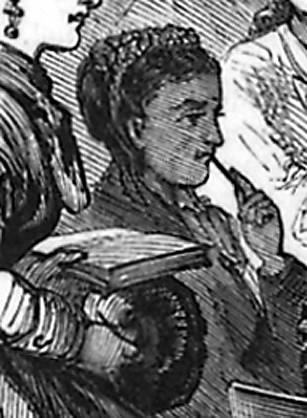
Rebecca J. Cole was an American physician, organization founder and social reformer. In 1867, she became the second African-American woman to become a doctor in the United States, after Rebecca Lee Crumpler three years earlier. Throughout her life she faced racial and gender-based barriers to her medical education, training in all-female institutions which were run by the first generation of graduating female physicians.
Dr. Anna Wessels Williams (1863–1954) was an American pathologist at the first municipal diagnostic laboratory in the United States. She used her medical training from the Women's Medical College of the New York Infirmary for research rather than medical practice, and over the course of her career worked on developing vaccines, treatments and diagnostic tests for many diseases, including diphtheria, rabies, scarlet fever, smallpox, influenza, and meningitis. Notably, a strain of diphtheria-causing bacteria that Williams isolated and cultivated was instrumental in producing an antitoxin to bring the disease under control. In 1932, she became the first woman to be elected chair of the laboratory section of the American Public Health Association.
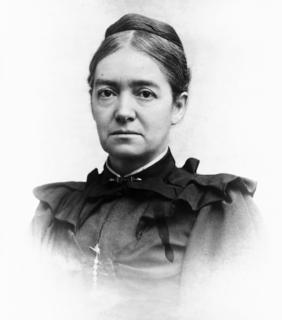
Mary Corinna Putnam Jacobi was an English-American physician, teacher, scientist, writer, and suffragist. She was the first woman admitted to study medicine at the University of Paris and the first woman to graduate from a pharmacy college in the United States.

Elizabeth Blackwell was an Anglo-American physician, notable as the first woman to earn a medical degree in the United States, and the first woman on the Medical Register of the General Medical Council for the United Kingdom. Blackwell played an important role in both the United States and the United Kingdom as a social reformer, and was a pioneer in promoting education for women in medicine. Her contributions remain celebrated with the Elizabeth Blackwell Medal, awarded annually to a woman who has made a significant contribution to the promotion of women in medicine.

Emily Blackwell was a trailblazer in the 19th century, making numerous contributions in the field of medicine and women's rights. Emily was the second woman to earn a medical degree at what is now Case Western Reserve University, after Nancy Talbot Clark. In 1993, she was inducted into the National Women's Hall of Fame. Emily made major advancements in the medical scene, assisting in the start of the New York Infirmary for Indigent Women and Children and creating the Women's Central Association of Relief. Emily, along with her sister Elizabeth Blackwell, had established the Women's Medical College in New York City. Shortly after, Emily helped form the London School of Medicine for Women.

New York-Presbyterian Lower Manhattan Hospital is a nonprofit, acute care, teaching hospital in New York City and is the only hospital in Lower Manhattan south of Greenwich Village. It is part of the New York-Presbyterian Healthcare System and one of the main campuses of New York-Presbyterian Hospital.

Emily Dunning Barringer was the world's first female ambulance surgeon and the first woman to secure a surgical residency.
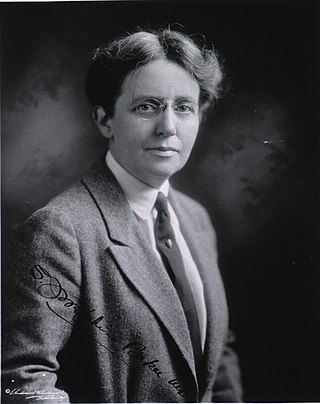
Sara Josephine Baker was an American physician notable for making contributions to public health, especially in the immigrant communities of New York City. Her fight against the damage that widespread urban poverty and ignorance caused to children, especially newborns, is perhaps her most lasting legacy. In 1917, she noted that babies born in the United States faced a higher mortality rate than soldiers fighting in World War I, drawing a great deal of attention to her cause. She also is known for (twice) tracking down Mary Mallon, better known as Typhoid Mary.
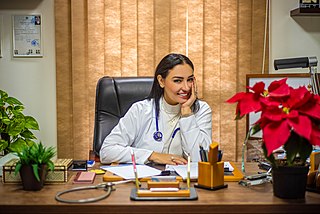
The presence of women in medicine, particularly in the practicing fields of surgery and as physicians, has been traced to the earliest of history. Women have historically had lower participation levels in medical fields compared to men with occupancy rates varying by race, socioeconomic status, and geography.

Prison healthcare is the medical specialty in which healthcare providers care for people in prisons and jails. Prison healthcare is a relatively new specialty that developed alongside the adaption of prisons into modern disciplinary institutions. Enclosed prison populations are particularly vulnerable to infectious diseases, including arthritis, asthma, hypertension, cervical cancer, hepatitis, tuberculosis, AIDS, and HIV, and mental health issues, such as Depression, mania, anxiety, and post-traumatic stress disorder. These conditions link prison healthcare to issues of public health, preventive healthcare, and hygiene. Prisoner dependency on provided healthcare raises unique problems in medical ethics.
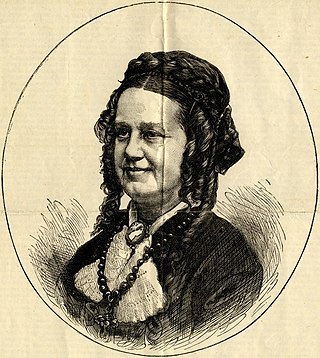
Lydia Folger Fowler was a pioneering American physician, professor of medicine, and activist. She was the second American woman to earn a medical degree and one of the first American women in medicine and a prominent woman in science. She married a phrenologist and her daughter, Jessie Allen Fowler, continued their ideas.

The history of medicine in the United States encompasses a variety of approaches to health care in the United States spanning from colonial days to the present. These interpretations of medicine vary from early folk remedies that fell under various different medical systems to the increasingly standardized and professional managed care of modern biomedicine.
Marilyn Hughes Gaston is a physician and researcher. She was the first black woman to direct the Bureau of Primary Health Care in the U.S. Health Resources and Services Administration. She is most famous for her work studying sickle cell disease (SCD).

Josephine Letitia Denny Fairfield MB CM MD was a medical doctor, a lawyer, a war-worker, and the first ever female Chief Medical Officer for London. She received a CBE for her outstanding achievements in medicine following her contributions in World War I, despite initially having been rejected by the War Office. Fairfield went on to work for the London County Council, where she campaigned for the initiation of new Public Health departments relating in particular to women's and children's health, and defending who she believed were the most vulnerable members of society. She was a feminist and a Fabian, and during her later life became a convert to Roman Catholicism and a believer in witchcraft.

Clemence Sophia Lozier was an American physician who founded the New York Medical College and Hospital for Women. Dr. Lozier was also a noted feminist and activist, and served as president of the New York City Suffrage League and the National Women's Suffrage Association.
Nora Wattie MBChB (Aberdeen), DPH (Cambridge) was a pioneer of social medicine, setting up Glasgow’s internationally renowned ante-natal care service.

C. Annette Buckel was an American physician and the first female medical doctor in Oakland, California. Buckel worked to improve the welfare of women and children through her medical practice as well as her activism. During the Civil War, she appointed and supervised nurses in addition to nursing in the field.
Sophie Rabinoff (1899–1957) was a Jewish pediatrician, public health educator, and researcher. She was known for her contributions to the field of preventative medicine.
References
- ↑ "Woman Doctor Dies". Danville, Virginia: The Bee. 12 August 1944. p. 6. Retrieved 19 October 2015– via Newspapers.com.

- 1 2 3 4 Harvey, Joy; Ogilvie, Marilyn (2000-07-27). The Biographical Dictionary of Women in Science: Pioneering Lives from Ancient Times to the Mid-Twentieth Century. Taylor & Francis. ISBN 9780203801451.
- ↑ Bittel, Carla (1 June 2012). Mary Putnam Jacobi and the Politics of Medicine in Nineteenth-Century America. UNC Press Books. p. 275. ISBN 978-1-4696-0644-6.
- ↑ Epstein, Helen (26 September 2013). "The Doctor Who Made a Revolution". The New York Review of Books. 60 (14). Retrieved 2016-07-03.